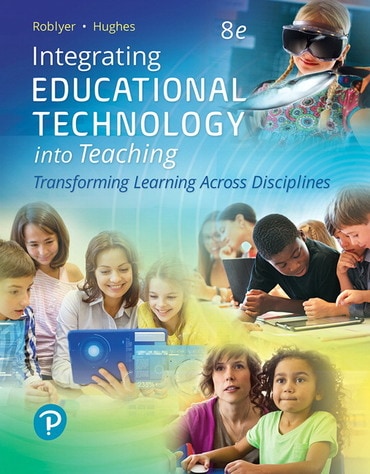Switch content of the page by the Role togglethe content would be changed according to the role
Integrating Educational Technology into Teaching, 8th edition
Published by Pearson (January 15, 2018) © 2019
- M D. Roblyer University of Tennessee, Retired
- Joan E. Hughes
$95.99
Revel
from$79.99
Need help? Get in touch

Digital Learning NOW
Extend your professional development and meet your students where they are with free weekly Digital Learning NOW webinars. Attend live, watch on-demand, or listen at your leisure to expand your teaching strategies. Earn digital professional development badges for attending a live session.

